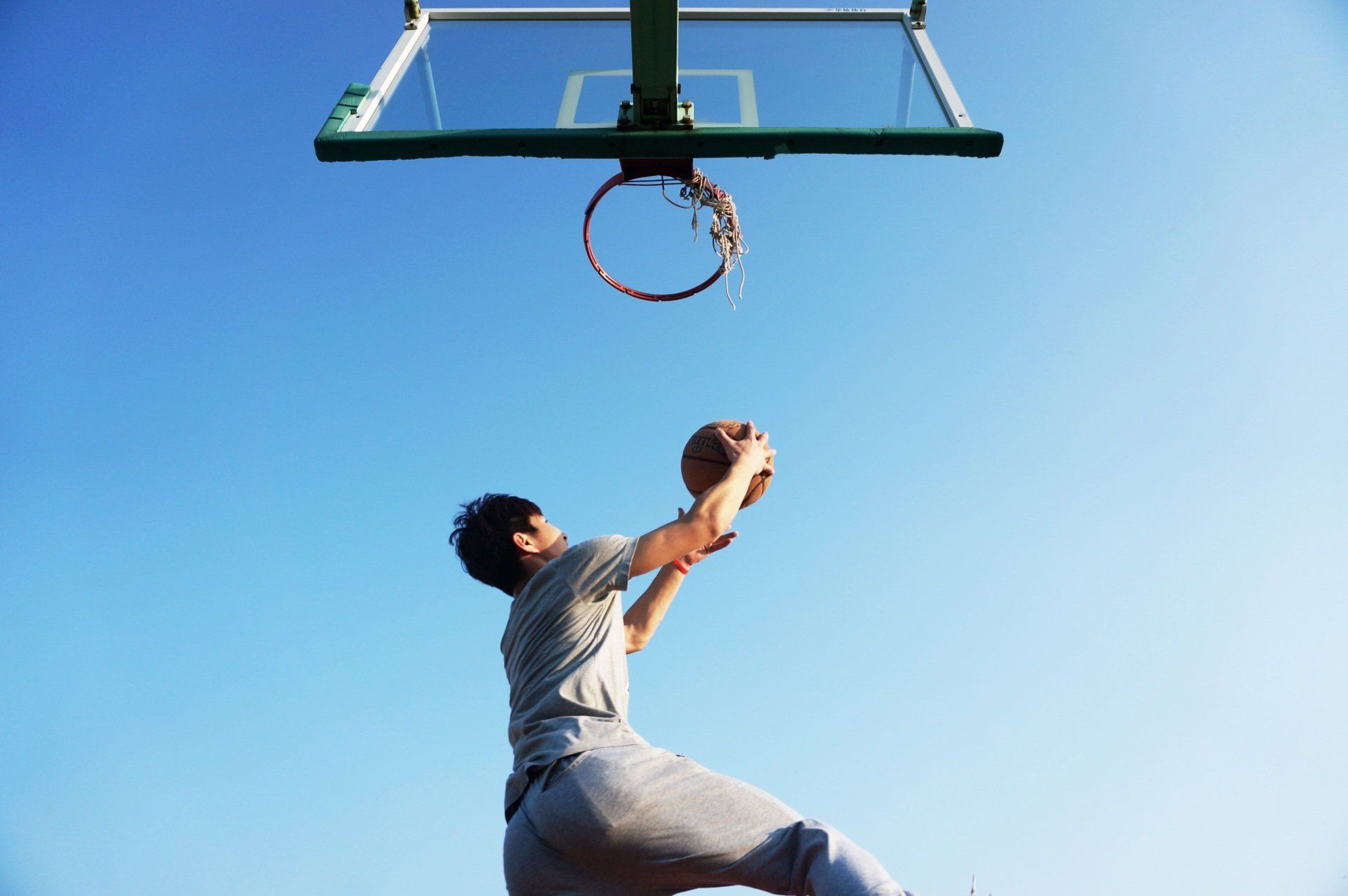The Next NIL Market: High School Athletes
The Emerging Challenges of NIL for High School Athletes

For the past month, I’ve been following the news about five-star shooting guard Darryn Peterson and his decision on where to play college basketball for the coming academic year. In July, Rivals Rob Cassidy on nbcsports.com ranked Kansas as the most likely landing spot, pointing out the strong relationship between the player and the coaching staff. He also noted that Peterson had signed a major NIL deal with Adidas last November, which also happens to be a major sponsor of the Jayhawks.
That reminded me of an article I read by Jon Conahan on SI.com about how important NIL is in Peterson’s decision-making process. He points out that a big part of why Peterson transferred from Cuyahoga Valley Christian Academy after his sophomore year was because NIL for high school athletes is prohibited in Ohio. By transferring to Huntington Prep in West Virginia, he could legally sign the NIL deal with Adidas.
Then news broke that the mother of five-star quarterback Faizon Brandon is suing the North Carolina State Board of Education and its Department of Public Instruction for enforcing a ban on public high school student-athletes profiting from their Name, Image, and Likeness rights, a policy they adopted beginning in June 2024. The ban only applies to public school athletes, so top recruits at private schools can leverage NIL deals to make money before they commit to a college.
These are just the first examples of the new landscape rapidly approaching high school athletic programs. A little over 20 states prohibit high school athletes from signing NIL agreements. Most states have passed the buck to the high school sports associations or governing bodies to try to regulate NIL in high school. Cases like Faizon Brandon illustrate the current inequity and inconsistency.
Managing this will be far more complex than at the collegiate level. Local high school Athletic Directors do not have the money or the resources to educate their athletes on the risks of NIL contracts. Also, high school athletes are minors, so what role do their parents play? Who’s responsible for fulfilling the contract? Is it possible to have a Collective for a high school athletic program? The more you think about it, the more questions arise.
Finally, don’t forget that Darryn Peterson transferred to a school where he could sign an NIL deal. Good for him. For coaches, though, not so great. With NIL now as an option to fund tuition costs at private schools, who’s to say what will happen with the top talent at local public high schools? For every elite athlete who can sign with Adidas, dozens more could sign deals with local companies. Can the local private school alumni sign the public high school football star to play for their alma mater? Who knows.
NIL has opened up doors for college athletes across the country. It also has widened the funding gap between the top programs in the country and everyone else. Three years in, most college athletes do not have access to the same support and resources as athletes at elite Power 5 programs. And even at these schools, most of the NIL money goes to the top athletes in the top money-making sports. The impact of NIL at the high school level could be even greater, as high school athletic programs aren’t designed to make money. Ultimately, you could see the top public school talent be siphoned off into private school programs.
Interested in learning more? Visit us at Nilcreator.com and sign up for free to stay up-to-date on everything NIL.
© All Rights Reserved 2024 NIL Creator | Terms & Conditions | Privacy Policy | Refund Policy


